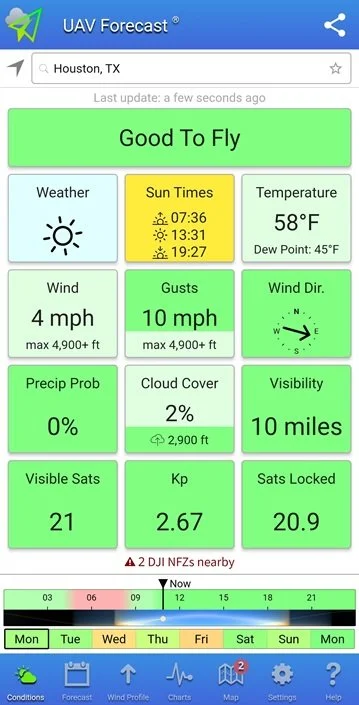Will Anyone Yank My Intelligence? The Importance of Risk Assessments
As a Drone / sUAS pilot, there are many things that we need to take into consideration when we go to fly. One of the most important ones is conducting proper risk assessments. Yes, the condition of the drone, air space, weather, etc. are all very important. As a matter of fact, they are all part of a risk assessment, but they are not the entire risk assessment. A proper risk assessment must be completed every time, no matter how long you have been flying. As the Airspace Manager for a nationwide company that does inspections, you wouldn’t believe how many times a pilot has forcefully reinforced to me how many hours or flights they have completed to only call me later saying that they got their drone stuck up in a tree or crashed into something. Queue Homer backing into the bushes quietly… Bonus points if you know what hazardous attitude this is.
Although you should always use a checklist for this (here is one you can download), there is a simple way to remember what to do by asking yourself one simple question: Will Anyone Yank My Intelligence? No, I am not referring to the times you feel like you dropped 5-10 IQ points after spending time with someone. The answer should be Yes. How so? Well, let’s dig in…
If you’re like me, the best way to remember things is by using the KISS principle. In this case, Will Anyone Yank My Intelligence stands for Weather, Airspace, You, Me, It.
Weather
You should check the weather a minimum of 2-3 times prior to taking off, and depending on when you first schedule the flight. The last time you check the weather should be right before takeoff to verify that conditions have not changed, particularly at altitude. App such as UAV Forecast are very beneficial.
Airspace
Airspace is not just about having FAA restrictions. It is about everything above the ground: trees, power lines, buildings, cell towers, birds in the area, construction cranes, etc. This is not like the love life motto of some people: Just tap it. You want to mitigate for anything around you.
You
This would be the bystanders. Is anyone around or are you by yourself? Populated area or nothing around? Again, mitigate for anything that is present.
Me
In aeronautical decision-making, or ADM, we have IMSAFE: Illness, Medication, Stress, Alcohol, Fatigue, Emotion (for the FAA). For the CAA or CASA, the E stands for eating, including proper hydration, and correct nutrition. We should always be thinking about hydration, no matter what time of year.
It
This would be the drone. Have you been doing maintenance on it? When was the last time you checked battery function or the screws on the propellors? There are a bunch of checklists out there that you can use. Airdata UAV is a great platform that you can use. For less than $90 per year you get a great maintenance schedule (drone and battery) plus other great features. You can’t go wrong.
Site Survey
You should always perform a site survey prior to launch day for your mission planning purposes. This will provide information on some of the tasks for the risk assessment. Ideally this would mean going out to the site to see what hazards are present, both aerial hazards and ground hazards. This is not always possible. What is possible is going on Google Earth to try to get an overview of the site. If streetview is available, that should also be used. Keep in mind that images on Google Earth are not always up to date. Obstructions may have been added or removed. Be prepared to adjust your plan once you arrive on site, if necessary.
This is just the beginning of a never-ending process. The more you do it, the better you get at it. However, do not become complacent. That’s how bad things happen. Will Anyone Yank My Intelligence?

